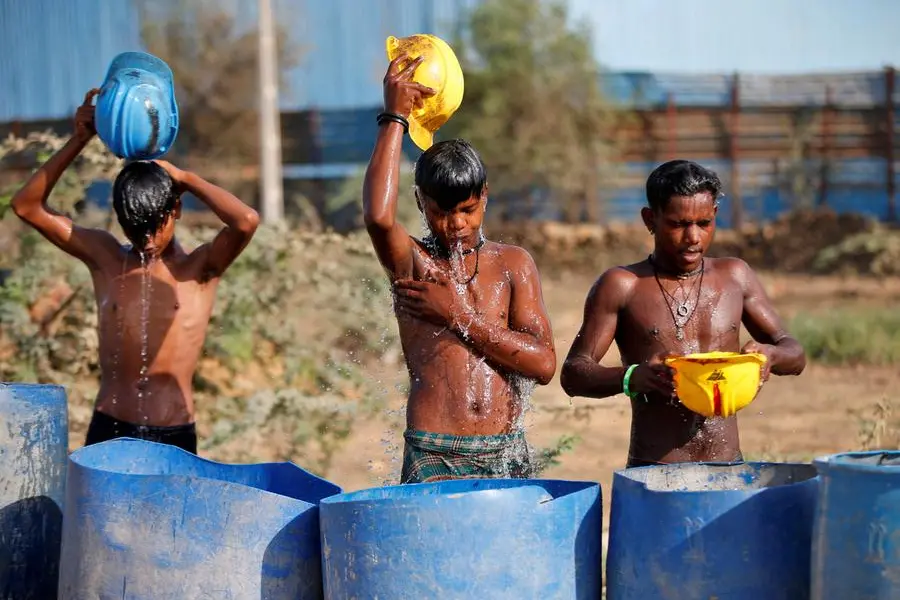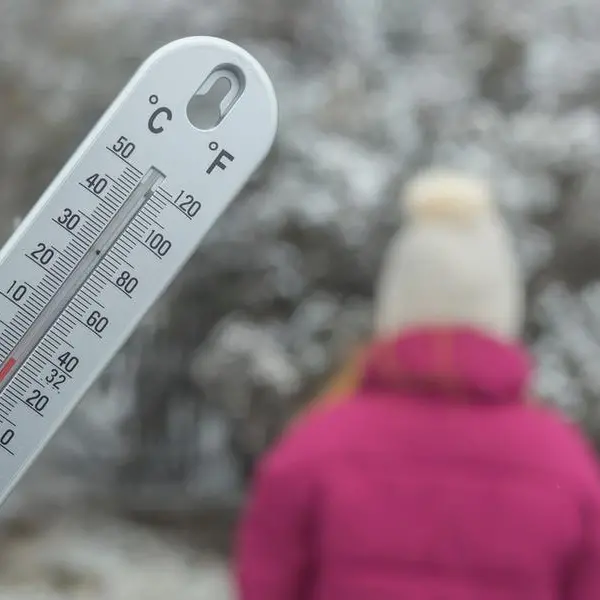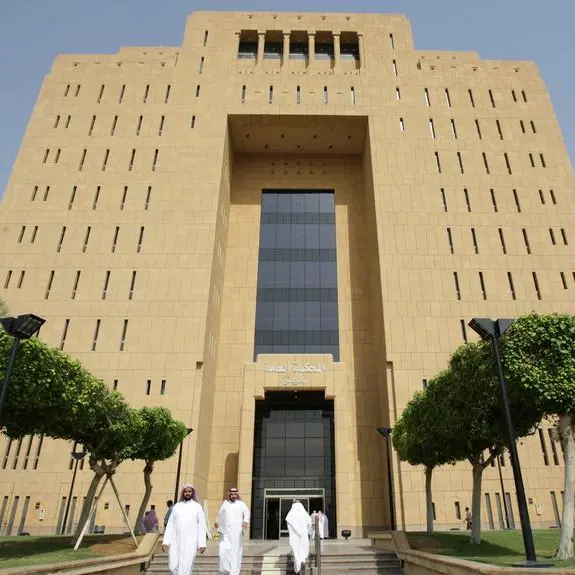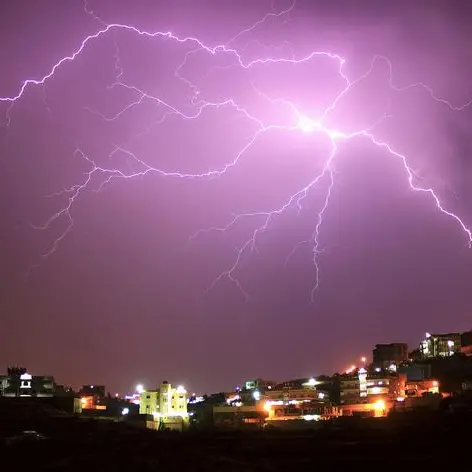PHOTO
LONDON: Deadly heatwaves are scorching cities on four continents as the Northern Hemisphere marks the first day of summer, a sign that climate change may again help to fuel record-breaking heat that could surpass last summer as the warmest in 2,000 years.
Record temperatures already reached in recent days are suspected to have caused hundreds if not thousands of deaths across Asia and Europe.
In Saudi Arabia, nearly two million pilgrims are finishing the Haj at the Grand Mosque in Mecca this week. But hundreds have died during the journey amid temperatures above 51 degree Celcius, according to reports from foreign authorities.
Countries around the Mediterranean have also endured another week of blistering high temperatures that have contributed to forest fires from Portugal to Greece and along the northern coast of Africa in Algeria, according to the US National Oceanic and Atmospheric Administration's Earth Observatory.
In Serbia, meteorologists forecast temperatures of around 40ºC this week as winds from North Africa propelled a hot front across the Balkans. Health authorities declared a red weather alert and advised people not to venture outdoors.
Belgrade's emergency service said its doctors intervened 109 times overnight to treat people with heart and chronic health conditions.
In neighbouring Montenegro, where health authorities also warned people to stay in the shade until late afternoon, tens of thousands of tourists sought refreshment on the beaches along its Adriatic coast.
Europe this year has been contending with a spate of dead and missing tourists amid dangerous heat. A 55-year-old American was found dead on the Greek island of Mathraki, police said on Monday — the third such tourist death in a week.
Parts of the US Northeast and Midwest are also wilting under a heat dome, with more than 86 million people under a heat alert on Thursday, according to the National Weather Service.
A heat dome occurs when a strong, high-pressure system traps hot air over a region, preventing cool air from getting in and causing ground temperatures to remain high.
A boy plays in the Iber River in Mitrovica, Kosovo. — Reuters
COUNTING THE DEAD
India's summer period lasts from March to May, when monsoons begin slowly sweeping across the country and breaking the heat.
But New Delhi on Wednesday registered its warmest night in at least 55 years, with India's Safdarjung Observatory reporting a temperature of 35.2ºC at 1 am.
Temperatures normally drop at night, but scientists say climate change is causing nighttime temperatures to rise. In many parts of the world, nights are warming faster than days, according to a 2020 study by the University of Exeter.
New Delhi has clocked 38 consecutive days with maximum temperatures at or above 40ºC since May 14, according to weather department data.
Gaining accurate death tolls from heatwaves, however, is difficult. Most health authorities do not attribute deaths to heat, but rather the illnesses exacerbated by high temperatures, such as cardiovascular issues. Authorities therefore undercount heat-related deaths by a significant margin - typically overlooking thousands if not tens of thousands of deaths.
Children play in a city water feature during a heatwave in Boston, Massachusetts. — Reuters
RECORD WARM TEMPERATURES
The heatwaves are occurring against a backdrop of 12 consecutive months that have ranked as the warmest on record in year-on-year comparisons, according to the European Union's climate change monitoring service.
The World Meteorological Organization says there is an 86 per cent chance that one of the next five years will eclipse 2023 to become the warmest on record.
While overall global temperatures have risen by nearly 1.3ºC above pre-industrial levels, climate change is fuelling more extreme temperature peaks — making heatwaves more common, more intense and longer-lasting.
On average globally, a heatwave that would have occurred once in 10 years in the pre-industrial climate will now occur 2.8 times over 10 years, and it will be 1.2ºC warmer, according to an international team of scientists with the World Weather Attribution (WWA) group.
Scientists say heatwaves will continue to intensify if the world continues to unleash climate-warming emissions from the burning of fossil fuels.
If the world hits 2ºC of global warming, heatwaves would on average occur 5.6 times in 10 years and be 2.6ºC hotter, according to the WWA. — Reuters
GRAPH POINTS
1.What is a heat dome
A heat dome occurs when a strong, high-pressure system traps hot air over a region, preventing cool air from getting in and causing ground temperatures to remain high.
2. 86 per cent chance that one of the next five years will eclipse 2023 to become the warmest on record.
3. A heatwave that would have occurred once in 10 years in the pre-industrial climate will now occur 2.8 times over 10 years, and it will be 1.2ºC warmer,
4. If the world hits 2ºC of global warming, heatwaves would on average occur 5.6 times in 10 years and be 2.6ºC hotter
5. Heatwaves will continue to intensify if the world continues to unleash climate-warming emissions from the burning of fossil fuels
2022 © All right reserved for Oman Establishment for Press, Publication and Advertising (OEPPA) Provided by SyndiGate Media Inc. (Syndigate.info).























